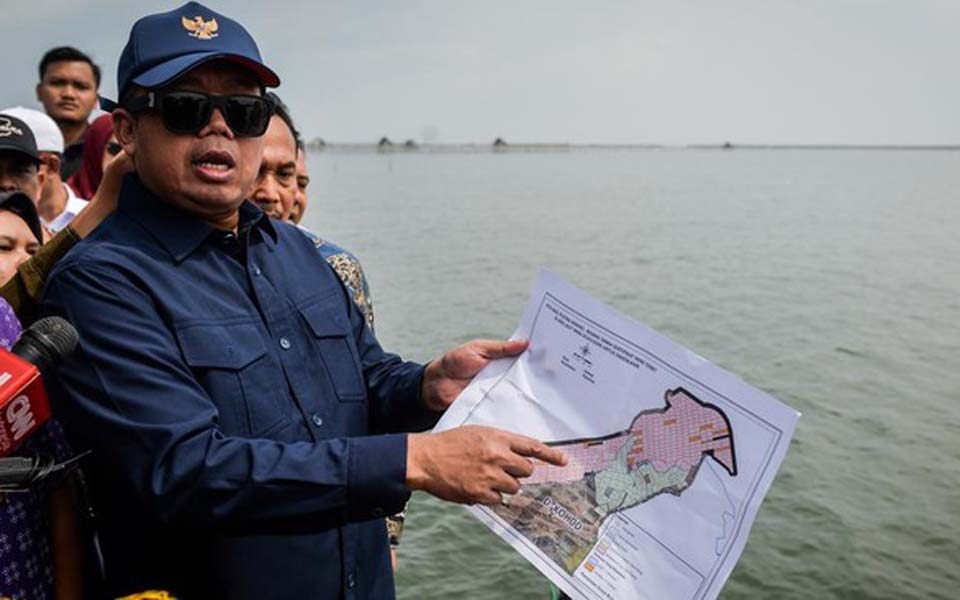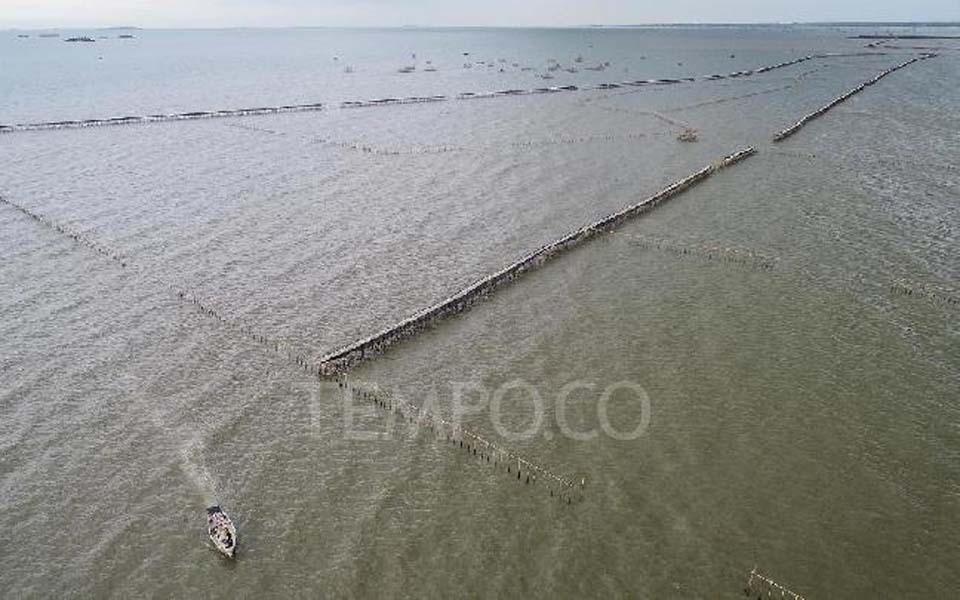Jakarta – According to the National Disaster Mitigation Agency (BNPB) there were as many as 1,586 disasters in Indonesia between January and April 2019, an increase of 7.2 percent compared with 2018.
BNPB Data Information Centre and Public Relations chief Sutopo Purwo Nugroho said that the disasters resulted in 325 deaths, 113 people missing, 1,439 suffering injuries and 996,143 people being displaced.
In addition to this, the physical damage incurred included 3,588 homes being severely damaged, 3,289 being partly damaged, 325 educational buildings damaged, 235 places of worship damaged and 78 healthcare facilities damaged.
“Statistically, compared with 2018 over the same period the number of disasters showed an increase of 7.2 percent”, said Nugroho at the BNPB Graha building in East Jakarta on Tuesday April 30.
Over 2019, Nugroho said that there were three disasters which resulted in significant number of deaths and damage. The first was the floods and landslides in South Sulawesi in January.
“More than 98 percent of the disasters which occurred were hydro-meteorological, while two percent were geological disasters”, he said.
The South Sulawesi disaster resulted in the death of 82 people, three people missing and 47 people injured. Financial losses and damages were estimated at 926 billion rupiah.
The second big disaster was the floods and landslides in Sentani, Papua, in March which left 112 people dead, 82 missing and 965 injured. Financial losses and damages reached 668 billion rupiah.
The third was the floods and landslides in Bengkulu province in April. Based on provisional data, the disaster caused the death of 29 people, left 13 people missing and four injured. Financial losses and damage amounted to around 200 billion rupiah.
“These disaster statistics are not just figures, but show that the threat of disasters is continuing to rise”, he said.
Nugroho said that the increase in disasters in 2019 was caused by floods and landslides due to heavy rain. In addition to this, the combination of natural events and anthropogenic [environmental degradation caused by human activities] factors were the principal cause for the rise in the number of disasters.
According to Nugroho, the public’s alertness of large disasters is still low. This is compounded by poor structural and non-structural mitigation which is still not a priority in regional development. (gst/end)
[Translated by James Balowski. The original title of the article was “Bencana Januari-April 2019 Lebih Banyak Dibanding Tahun Lalu”.]















